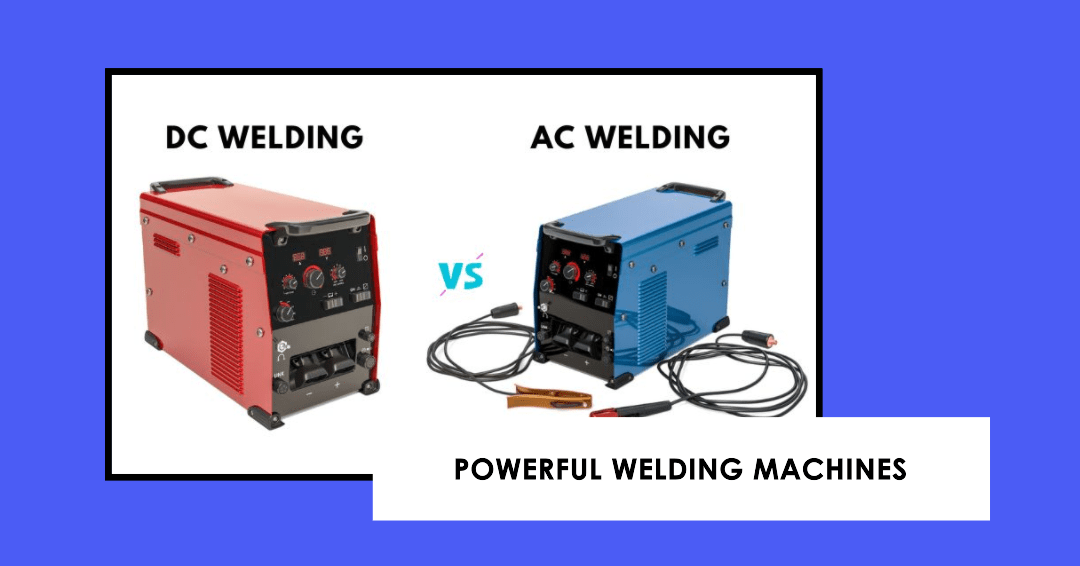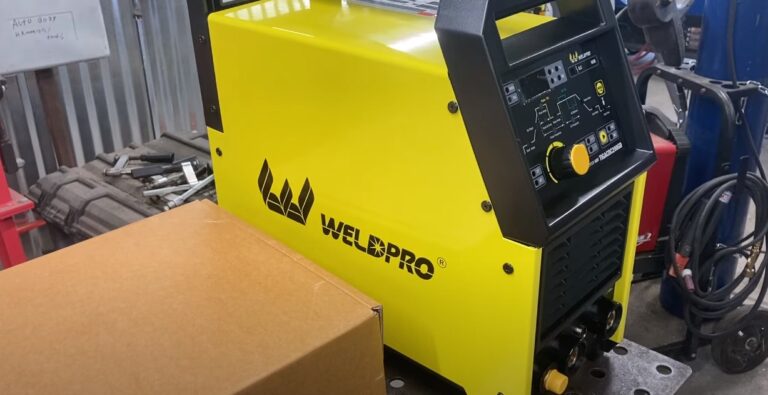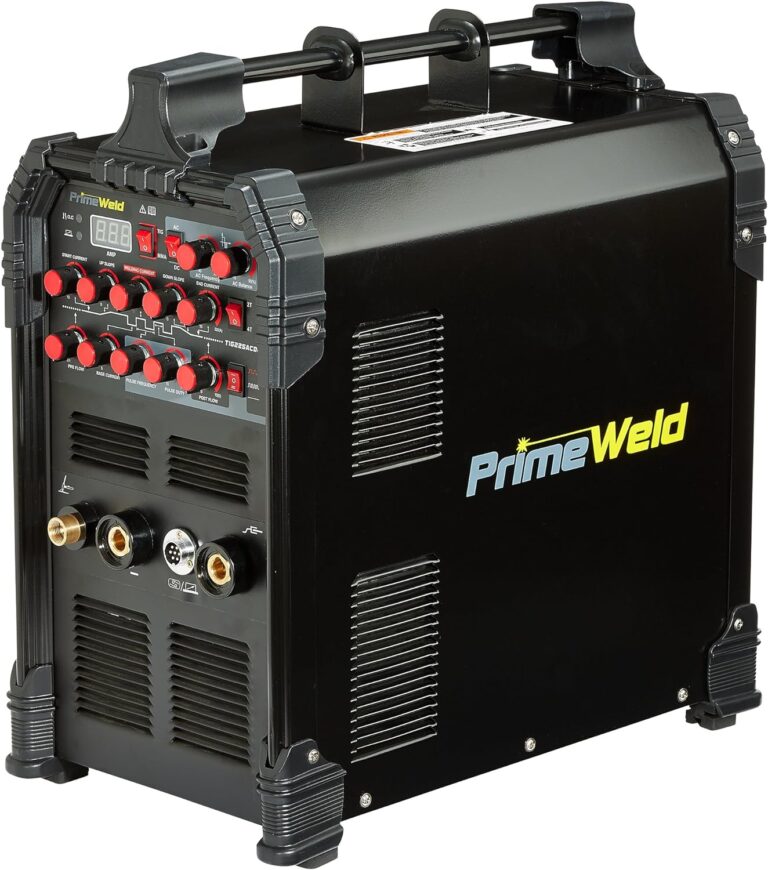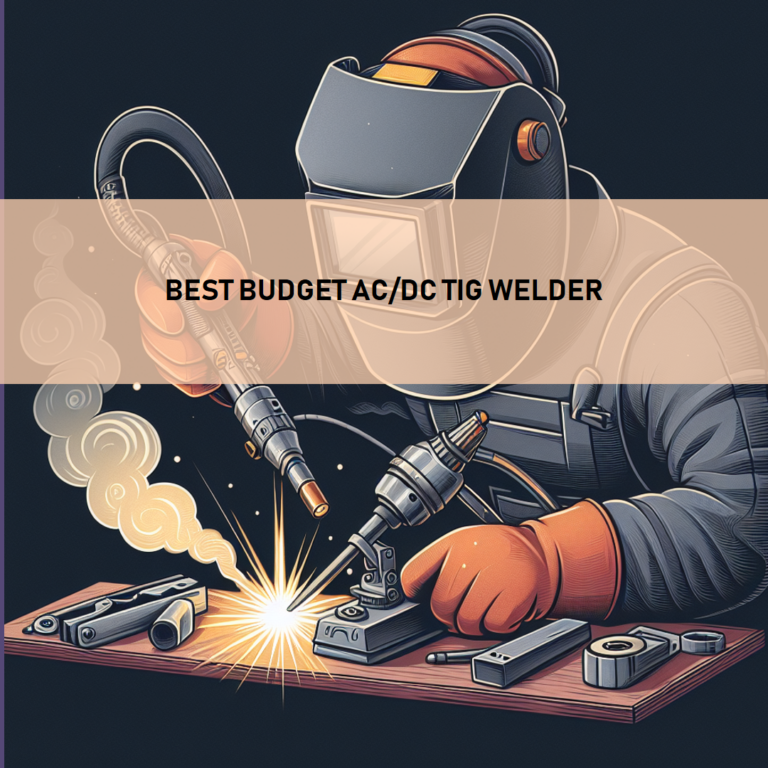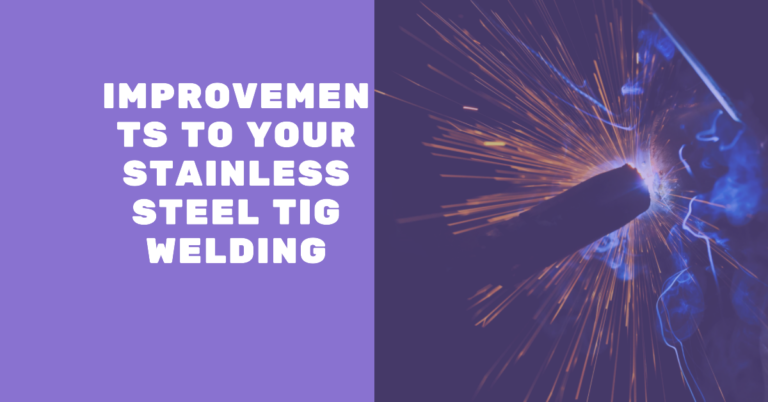Getting knowledge about the difference between AC and DC welding machines is necessary as it forms the basics to do an accurate welding process. Those users who have the certification of welding may carry on their tasks without any issue.
But,
People with less knowledge can use this difference as a quick trick. Precisely, the main difference between these two parameters lies in polarity.
In terms of welding, an electric arc has been produced between the welding metal and an electrode. Next, the generation of heat allows different metals to join together.
Like other circuitry parameters, both AC and DC comes with unique drawbacks, advantages, and application.
Don’t worry!
We would highlight all these aspects in this single post. Let us start with a DC welding machine.
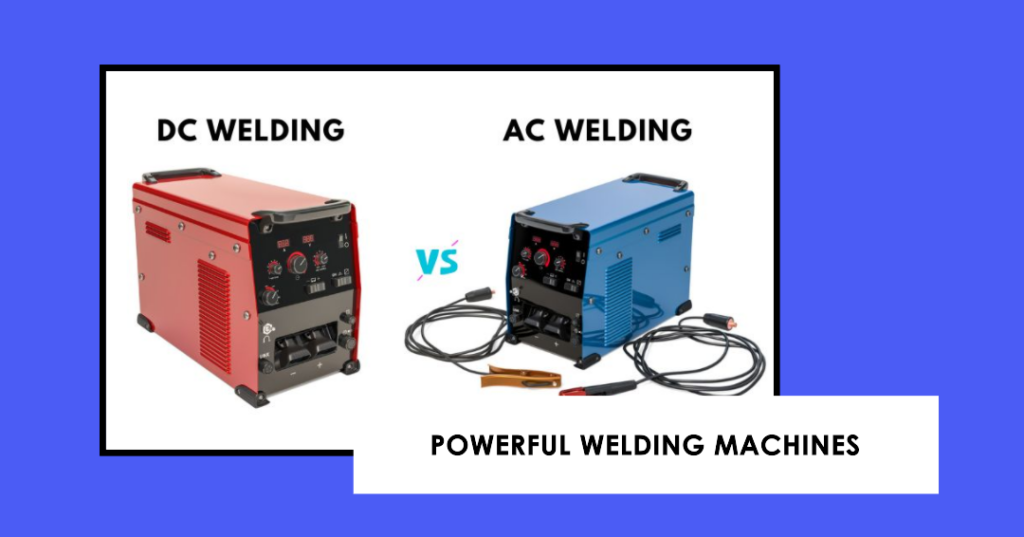
DC Welding Machine
Before exploring the DC welding machine, first, you need to have knowledge of what the DC is. DC or direct current always has the same direction of electrons. The direction can be positive or negative. Whatever the polarity, it remains constant during the whole work.
In a DC welding machine, two metals attach to each other through a single direction of electrons. As polarity does not change, a steady graph produces.
As we have mentioned,
The polarity might be positive or not. In the case of negative polarity, the current starts to flow from the welder and gets back to it after passing through the electrode, and the metal needed to be welded. This flow of current is different in the case of positive polarity.
This positive pole current starts its journey from the welder and ended at the same place. The difference is that the current pass first at the workpiece and then to the electrode.
Electrode positive is able to deeper penetration. If you want to weld a thicker metal, then this process would be helpful. The reverse polarity is slower and takes time for demanding results.
Advantages of DC welding
Some situations need DC welding to get the desired results. These are;
- Non-changing polarity is needed for delicate, smooth, and aesthetically pleasing results.
- This kind generates less spatter while producing nicer results.
- When you need visually appealing welding, DC welding comes to play this role. These visible welding generally appear in furniture, tools, and vehicles.
- If you want the metal to endure maximum pressure, then this kind of welding is here for work.
DC welding disadvantages
Some facts are there that made the usage of DC welding very less yet it produces better results. Following are the prominent disadvantages of DC welding.
- They demand higher costs. There is a need to transform alternating current into the direct current that requires the integration of the transformer. The overall result is the weight and complexity followed by increased cost.
- There are chances of an arc bow as a result, most welders prefer AC welding.
- It shows fewer issues than AC welding, yet needs higher operational skills.
Applications of DC welding
Most of the Stick welding needs a DC tig welder.
- Vertical and overhead welding demands a DC welder.
- You can use it for stainless steel TIG welding
- You can also cut the metal into thin sheets using this welder.
- It can entertain single carbon brazing.
AC Welding Machine
In the alternating or AC current, the direction of electron flow keeps on switching between positive and negative poles. The AC welding is preferred by most users as it is handier than the DC type. Keep in mind, that this welding is limited to 110 volts of electrical outlets.
A good point…
For heavy work, it can be the ideal choice. The resulted welding is very stronger and produces very little spatter. On the graph, AC welders show fluctuating lines. There is no need for its modification to pass the current. General home wiring needs this type of welding.
Advantages of AC welding
AC welding has gained the attraction of many users due to its easy usage and feasibility for various industrial applications. The most prominent are as follows;
- The strongest pros of AC welding are that it can work with metals that own a magnetic field. There are the chances of arc wandering that are followed by the difficult cleaning of welds. But the good point is that AC welding says goodbye to arc wandering.
- You can repair the heavy machinery very easily as AC welders are very handy.
- In the absence of 220 current, AC buzzer box welders act as a strong alternative.
- For TIG welding aluminum, the AC welding machine works a good job. Actually, a thin layer of aluminum oxide gets functional on the surface of aluminum followed by interrupted welding. Here, the AC welder gets functional by reversing the polarity from time to time followed by neutralizing this effect.
- These welders meet the standard for an industrial need.
- AC welding demands less cost than DC welding
AC welding disadvantages
Although produces batter results, AC welder comes with some cons that are as follows;
- There are chances that AC welding may lose the arc. Due to current fluctuation, the arc is needed to restart manually. This procedure produces a break in the smooth welding that may be weakened.
- Production of spatter is increased and more time is needed to get the work finished.
- Smoothness is less.
Applications of AC welding
AC welder has the following useful applications;
- AC welder supports aluminum welding at a higher temperature.
- This kind of welder removes oxide files at the surface
- It is useful in shipbuilding when you need deep penetration.
- It can work with a magnetized field.
How to Check the Quality of AC and DC Welding
When it comes to welding applications, experienced tig welders often prefer to use dc welding for most jobs, especially tig welding steel and other thick material. This is because dc flows in one direction, allowing for higher welding output and better weld quality. However, switching to ac welding machines with special controls allows for welding aluminum, which is impossible with straight dc.
Regardless of the welding process – whether stick welding applications or a tig welding machine – checking the quality involves inspecting the weld itself. With dc over ac tig welding, the weld should show good fusion and even though dc is the usual choice for welding and ac is not always the best, using ac makes sense in certain situations. AC polarity flows in one direction then reverses, unlike dc which polarity electrode negative only. The advantages of dc over ac for most jobs lies in the higher welding output. However, experienced tig welders know that ac is ideal for joining thinner metals. So the choice for welding depends on the specific application and materials. Using the right current – either ac vs dc – results in the highest quality weld.
Final words
We have discussed the difference between AC and DC welding machines due to their increasing trend in the Google query. We have found that both kinds of welding machines are useful in different scenarios. But, DC welding places a higher level than AC welding.
Therefore;
It is necessary to check the welding type you need before you proceed further. At the same time, you should have a welding helmet and all the necessary precautionary measures to get the desired results while keeping it safe.
Is AC vs DC better for welding?
DC is generally considered better for welding vs AC. With ‘electrode positive.’ the dc polarity allows for deeper weld pool penetration and faster travel speeds. However, ac welding vs dc has advantages for some applications like aluminum TIG welding.
What is AC welding used for?
AC welding is used for welding aluminum and magnesium alloys since oxide layers on ac vs dc blocks the flow of dc current. Ac tig welding utilizes both positive and negative portions of the ac cycle to clean oxides and penetrate the base metal.
Is MIG welding AC or DC?
The mig welding process uses dc current. DC is preferred for most mild steel welding jobs as it allows for a steady, continuous welding current unlike ac.
Is 7018 welding rod AC or DC?
7018 welding rod is used for dc stick welding. The dc polarity is constant allowing for smooth, stable arc characteristics suited for welding thicker materials.
Does 6011 weld better on AC or DC?
6011 welding rod can weld well with either ac/dc. However, dc stick welding is generally preferred for deep weld penetration. Ac welding can cause arc instability with 6011.
What is the strongest type of welding?
For strongest welds, DC tig welding and stick welding are suitable for welding high strength steels. The concentrated dc arc allows for greater control of the welding puddle and deeper penetration into the base metal.
What is the best welder for beginners?
A basic DC stick welding machine is the best welder for beginners. Stick welding with dc polarity allows new welders to learn arc welding fundamentals before moving to more complex processes like MIG or TIG.
How do I know if my arc welder is AC or DC?
Check the welder specifications or wiring connections to determine if it uses ac/dc. Most welding machines allow switching between ac and dc operation. Otherwise, making test welds can indicate if ac/dc current is flowing.
Which is a disadvantage of DC welding?
The main disadvantage of dc welding is lack of suitability for welding aluminum. Oxide layers prevent dc current flow so ac tig welders with special high frequency starts are needed for aluminum.
Can you use AC rods in a DC welder?
Yes, 6013 and other ac welding rods can be used in a dc stick welder instead of ac machines if necessary. However, arc stability and penetration are reduced versus dc rods so dc welding is preferred.
Is 6013 welding rod AC or DC?
6013 can weld using either ac/dc. It is designed for ac welding but can be used with dc welding machines. The ac current waveform provides a forceful digging arc action.

